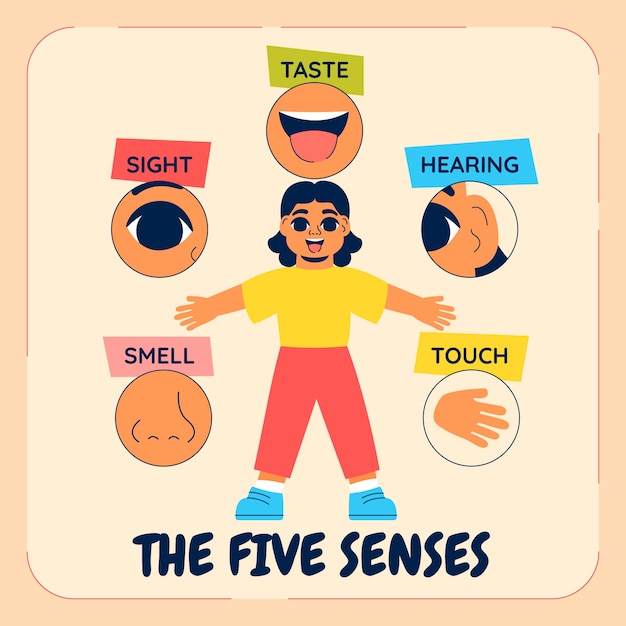Interesting Facts About Eyes

The average person blinks about 17 times per minute, which adds up to about 14,280 times a day!
The muscles that move the eyes are the most active muscles in the body.
The eyeball of an ostrich is bigger than its brain.
The human eye can distinguish approximately 10 million different colors.
Eyes are the only part of the body that can function at 100% capacity without any rest.
Humans blink less when they are concentrating.
Babies start to develop tears at around one month old.
Your eyes can detect a candle’s flame from about 1.7 miles away.
The lens of the eye is faster than any camera lens, focusing in just milliseconds.
The human eye can process roughly 36,000 bits of information every hour.
The human eye can detect a candle’s flame in complete darkness.
Your eyes can detect more shades of green than any other color.
The average person will spend about 10% of their waking hours with their eyes closed due to blinking.
Your eyes never grow, but your nose and ears continue to grow throughout your life.
The human eye can perceive approximately 150 shades of gray.
Your eyes move around 100,000 times a day.
An eagle’s vision is about four times stronger than that of a human.
The average person blinks about 5.2 million times per year.
The muscles that control your eyes are the most active muscles in your body.
Your eyes can process images faster than your brain can perceive them.
Interesting Facts About Eyes part 2
The human eye can detect a flickering candle flame up to 30 miles away on a clear night.
Your blink rate increases significantly when you are talking.
Your eyes are composed of more than 2 million working parts.
Eyebrows have a unique shape to help prevent sweat from getting into your eyes.
The right side of your brain controls the left side of your vision, while the left side of your brain controls the right side of your vision.
The cornea is the only tissue in the human body that doesn’t contain blood vessels.
Only about 1/6th of your eyeball is exposed.
Your eyes are completely developed by the time you’re two years old.
The size of a newborn’s eyes is about 75% of the size they will be when they are fully grown.
Your eyes can actually get sunburned from prolonged exposure to UV rays.
No two people have exactly the same eye color, just like fingerprints.
The majority of eye injuries could be prevented by wearing protective eyewear.
Your eyes naturally tear up to protect themselves from dust and debris.
An average human blinks around 15-20 times per minute.
Color blindness affects approximately 1 in 12 men and 1 in 200 women.
The human eye can focus on about 50 different objects per second.
Your eyes are constantly producing tears to keep themselves hydrated.
The iris of your eye is responsible for regulating the amount of light that enters.
The average lifespan of an eyelash is about 5 months.
Your eye muscles are the fastest muscles in your body, contracting in less than 1/100th of a second.
People with blue eyes share a common ancestor who lived about 6,000-10,000 years ago.
Your eyes can distinguish about 500 shades of gray.
About 80% of what we learn is through our eyes.
The human eye can see objects as small as 0.1mm in size.
Your eyes can move around 100,000 times in a day, allowing you to observe the world around you.

